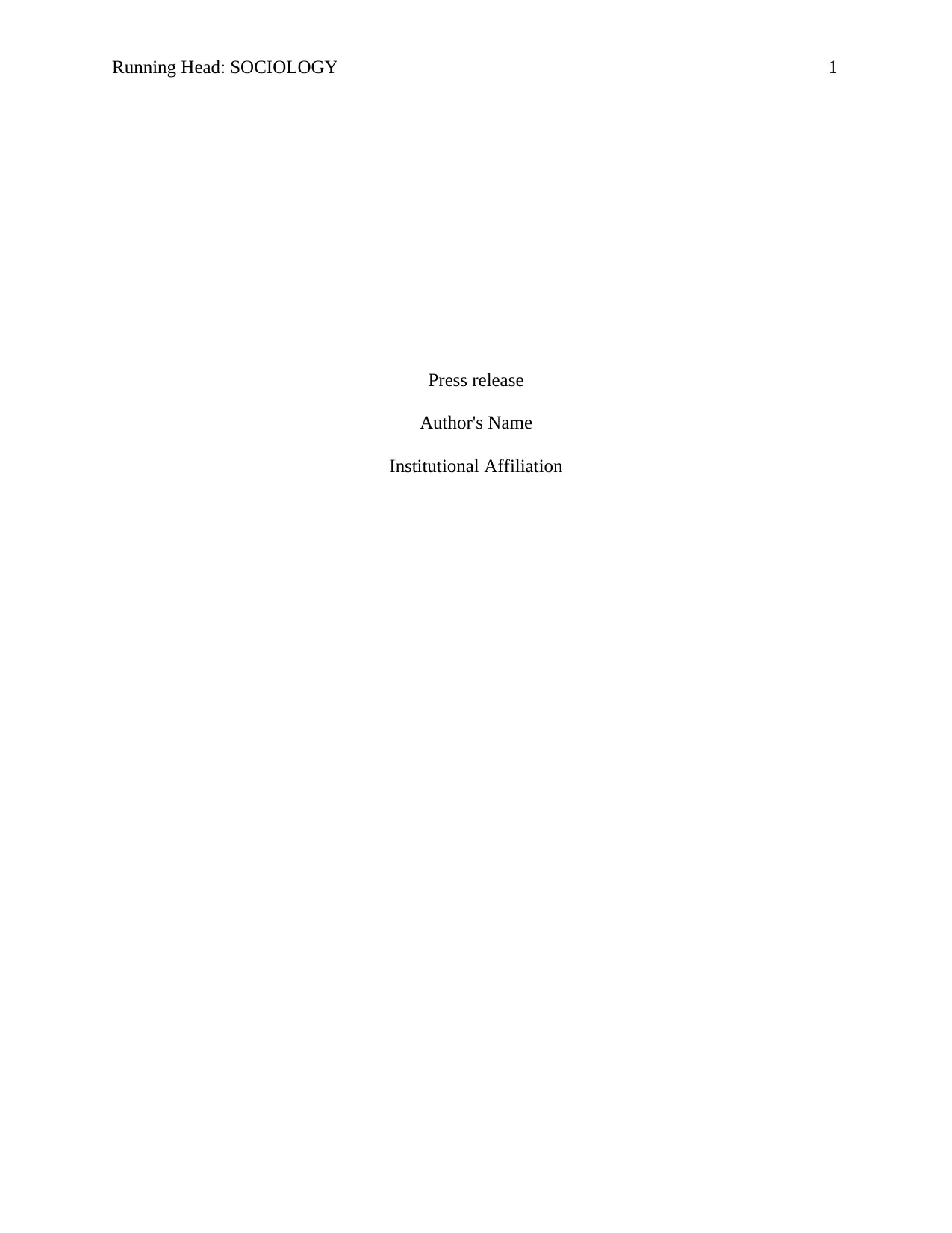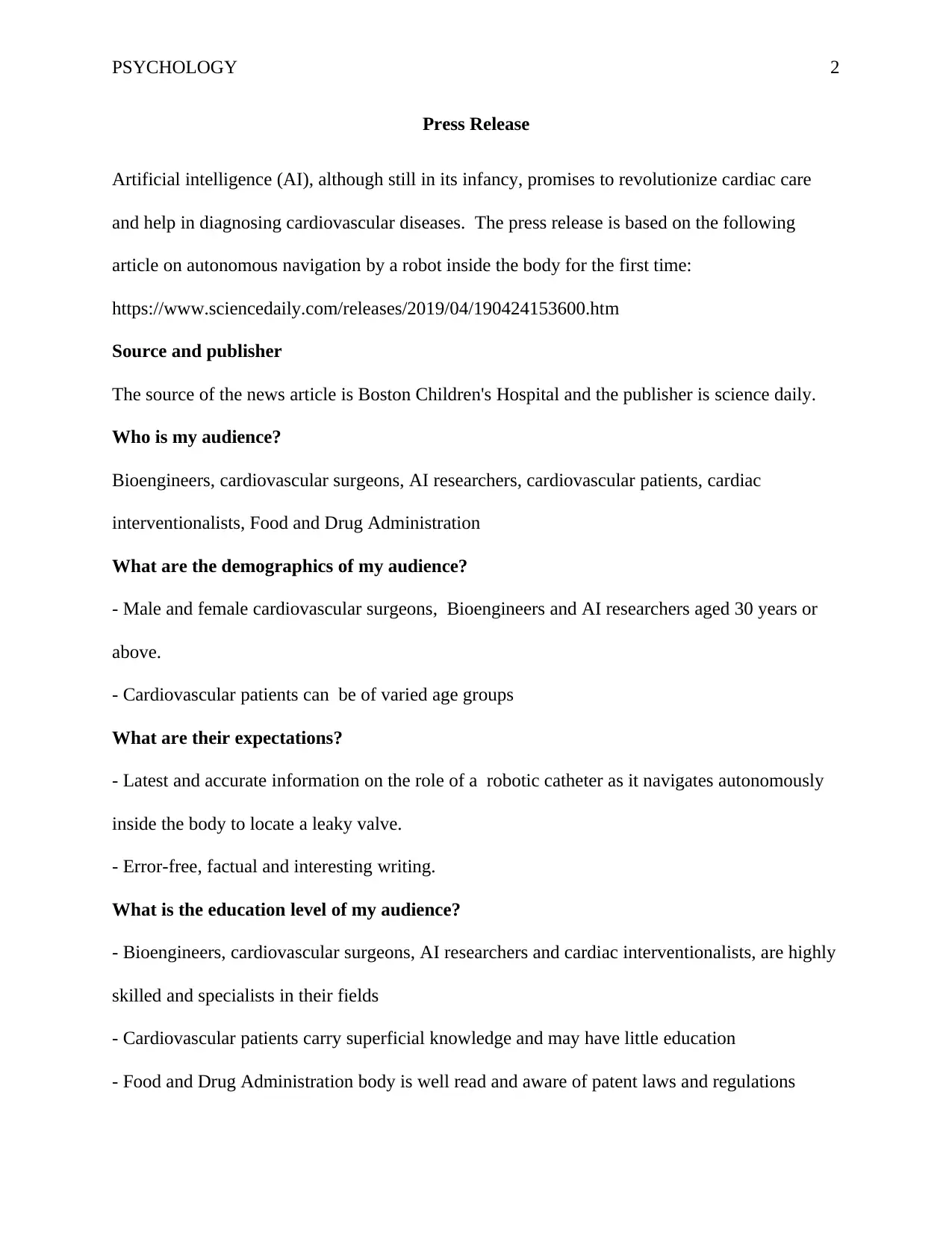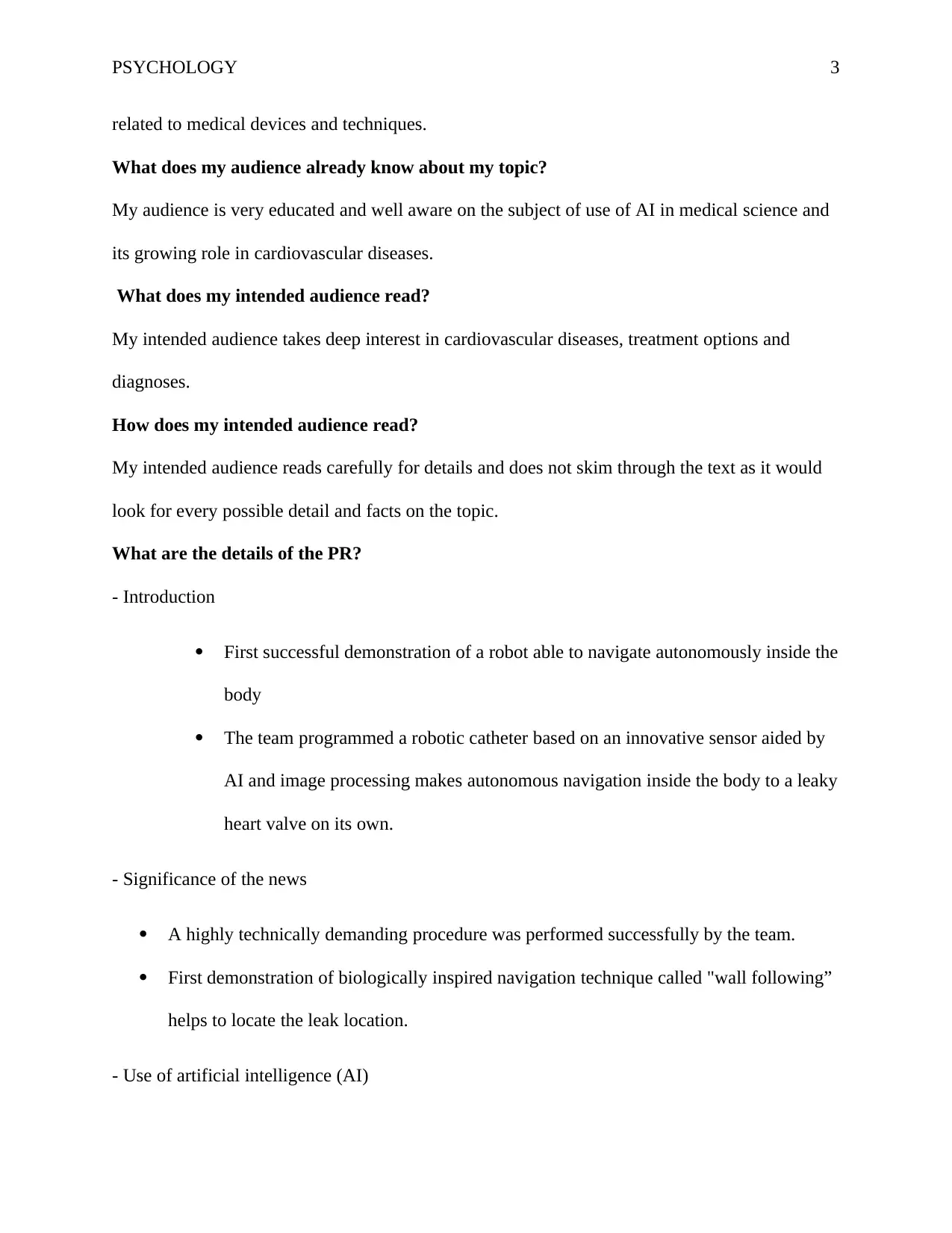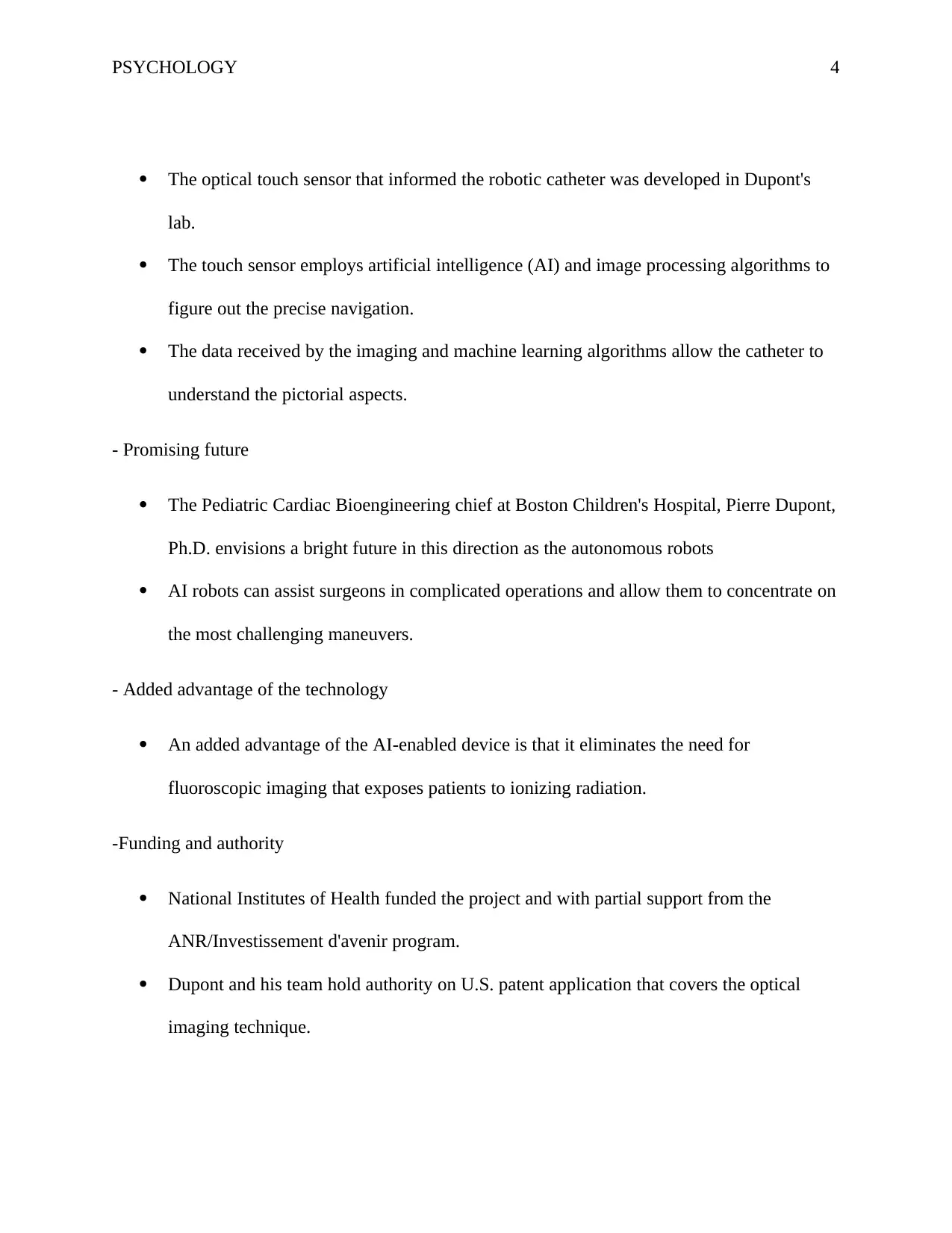The Application of AI in Robotic Catheters for Cardiovascular Disease
VerifiedAdded on 2023/01/20
|5
|628
|71
Report
AI Summary
This report explores the groundbreaking application of artificial intelligence (AI) in the field of cardiovascular disease treatment, specifically focusing on the use of robotic catheters. The report highlights a significant advancement in medical technology, where a robotic catheter, guided by AI and image processing, can autonomously navigate inside the body to locate and address issues like leaky heart valves. The report details the innovative "wall following" technique, the use of optical touch sensors developed with AI algorithms, and the potential for eliminating fluoroscopic imaging, thus reducing patient exposure to radiation. It also discusses the funding and patents associated with this technology. The report emphasizes the promising future of AI-driven robots in assisting surgeons, improving the precision of complex procedures, and ultimately enhancing patient care in the treatment of cardiovascular diseases. The research was funded by the National Institutes of Health and the ANR/Investissement d'avenir program. The report is based on a press release from Boston Children's Hospital and ScienceDaily.
1 out of 5






![[object Object]](/_next/static/media/star-bottom.7253800d.svg)